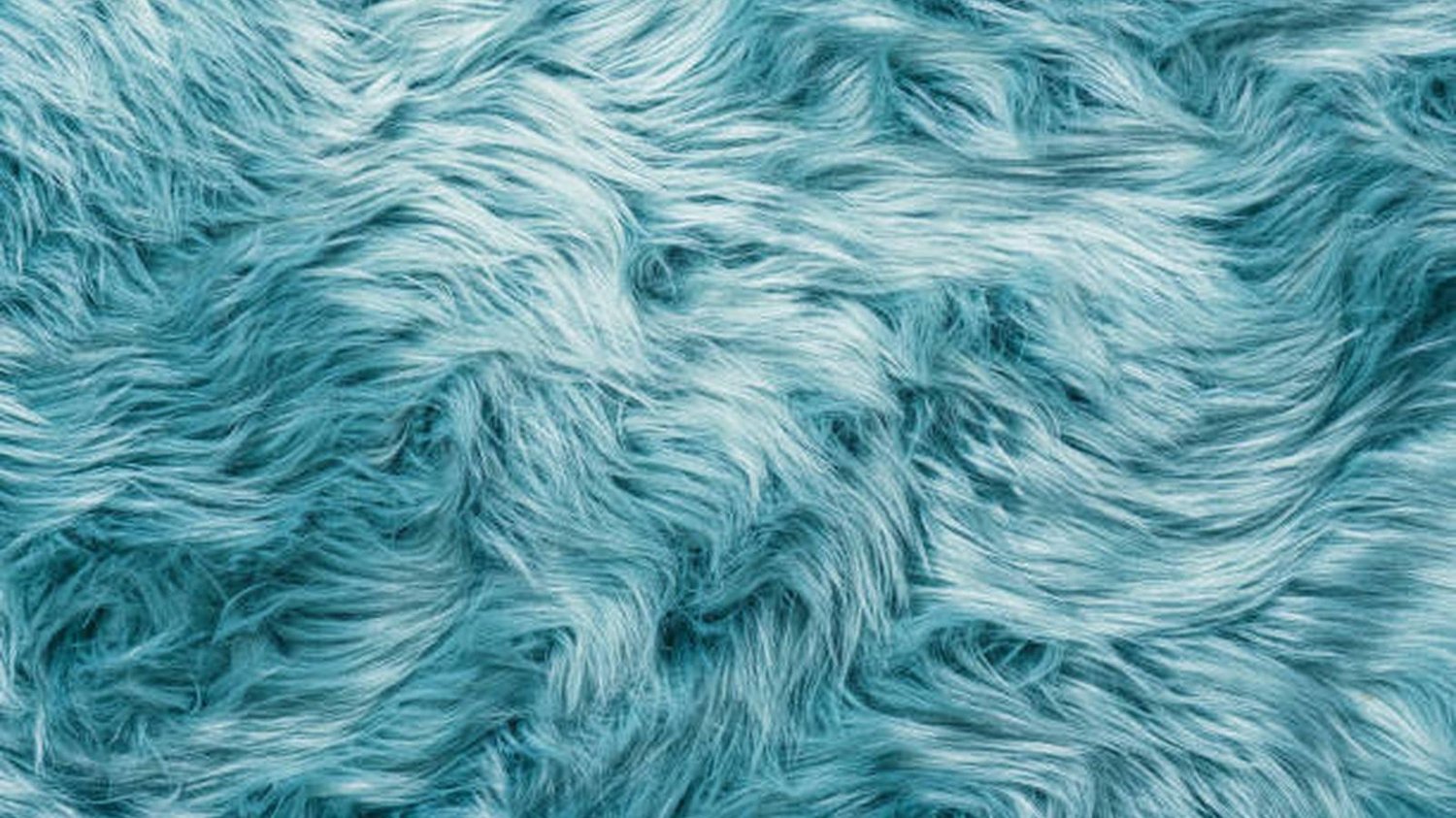Why Brushing Rabbit Fur is Essential for Your Pet's Well-being
Brushing rabbit fur is an essential part of maintaining your pet rabbit's well-being. Not only does it keep their coat clean and free of tangles, but it also helps prevent matting, reduces shedding, and promotes healthy skin. Regular brushing sessions are not only beneficial for your rabbit, but they also provide an excellent opportunity for bonding and creating a positive grooming routine. In this article, we will explore the different aspects of brushing rabbit fur and provide you with useful tips and techniques.
The Benefits of Regular Brushing
Regular brushing offers numerous benefits for your rabbit's fur and overall health. By removing loose fur and preventing matting, brushing helps reduce the risk of hairballs, which can be dangerous for rabbits when ingested. Brushing also stimulates the skin and promotes blood circulation, leading to a healthier and shinier coat. Additionally, it allows you to check for any skin issues, such as dryness or irritations, and address them promptly.
Choosing the Right Brush
When it comes to brushing rabbit fur, selecting the right brush is crucial. There are various types of brushes available, including bristle brushes, slicker brushes, and grooming gloves. For rabbits with shorter fur, a bristle brush or grooming glove can be sufficient. However, if your rabbit has longer fur or is prone to matting, a slicker brush with fine, short wires is recommended. Avoid using brushes with sharp points or hard bristles, as they can harm your rabbit's delicate skin.
Preparing Your Rabbit for Brushing Sessions
Before you begin brushing your rabbit's fur, it's essential to create a calm and comfortable environment. Find a quiet space where you can both relax without distractions. Ensure that your rabbit is calm and accustomed to being handled before initiating brushing sessions. Start by gently petting your rabbit to help them feel at ease. Gradually introduce the brush, allowing them to sniff and inspect it. Use positive reinforcement, such as treats or gentle praise, to make the experience enjoyable for your rabbit.
Brushing Techniques for Different Fur Types
Each rabbit has unique fur characteristics, and understanding the right brushing techniques for your rabbit's fur type is crucial. For rabbits with short fur, brushing in the direction of hair growth with light, gentle strokes is sufficient. However, for rabbits with longer fur, you may need to use a comb or slicker brush to prevent matting. Work through the fur in small sections, starting from the base and working your way towards the tips. Take extra care around sensitive areas, such as the belly and tail.
Dealing with Matting and Tangles
Despite regular brushing, your rabbit's fur may still develop matting or tangles. If you encounter a mat, do not attempt to pull or cut it out, as this can cause pain and injury to your rabbit. Instead, use a specialized mat splitter or comb to gently tease apart the tangled fur. Be patient and take your time to avoid hurting your rabbit. If the matting is severe or covers a large area, it's best to seek professional help from a veterinarian or a rabbit groomer.
Frequency of Brushing
The frequency of brushing your rabbit's fur depends on their fur type and length. Rabbits with shorter fur may require brushing once or twice a week, while those with longer fur may need daily brushing to prevent matting and keep their coats in top shape. Regularly check your rabbit's fur for any signs of matting or shedding. Additionally, consider seasonal changes, as rabbits may shed more during certain times of the year. Adjust your brushing routine accordingly to ensure optimal coat health.
Maintaining a Positive Grooming Experience
Ensuring a positive grooming experience is essential for both you and your rabbit. Make each brushing session a pleasant and rewarding experience for your furry friend. Use gentle motions, provide treats, and offer verbal praise throughout the process. If your rabbit becomes anxious or stressed, take a break and try again later. It's important to build trust and create a positive association with brushing to maintain a healthy grooming routine in the long run.
Other Grooming Considerations
While brushing is an essential part of rabbit grooming, it's not the only aspect to consider. Regularly check your rabbit's nails and trim them if needed. Keep an eye out for any signs of dental issues, such as overgrown teeth, which can affect your rabbit's ability to eat and groom themselves. Additionally, ensure that your rabbit's living space is clean and free from excessive fur buildup, as this can contribute to skin problems. Regular veterinary check-ups are also recommended to address any health concerns promptly.
Conclusion
Brushing rabbit fur is a vital aspect of maintaining your pet rabbit's overall health and well-being. By regularly brushing their fur, you can keep their coat clean, tangle-free, and healthy. Remember to choose the right brush, create a positive grooming environment, and use appropriate techniques for your rabbit's fur type. Be patient, gentle, and observant during brushing sessions, and seek professional help if needed. By following these guidelines, you can ensure that your rabbit's coat remains in top shape, promoting their overall happiness and comfort.

